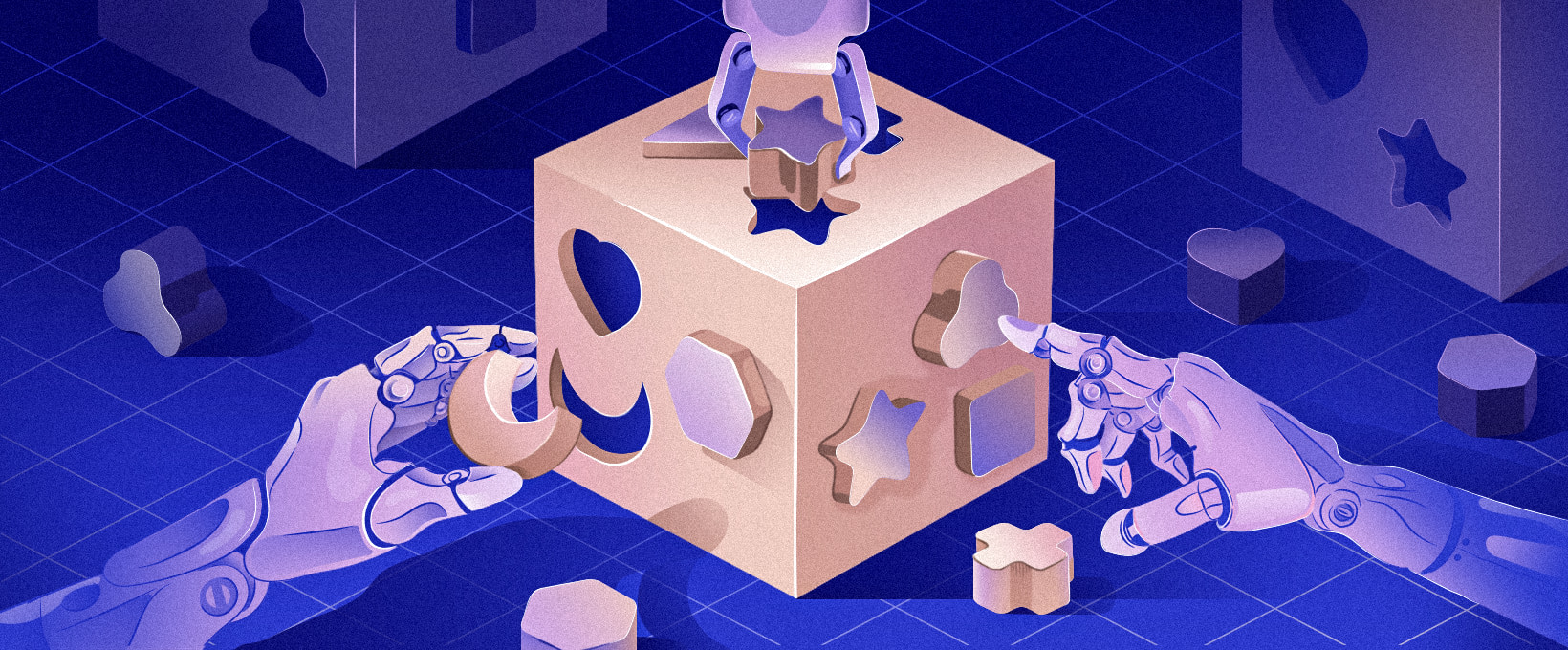- The difference between PHP and Python: a concise outline of PHP
- Simplicity
- Flexibility
- Popularity
- Open-source technology
- Multi-paradigm nature
- High performance
- Interpreted nature
- Loosely typed expressions
- Concise overview of Python
- Simplicity
- Good readability
- Open-source technology
- Portability
- Interpreted language
- Multi-paradigm nature
- Extensibility
- GUI support
- Dynamically typed
- PHP or Python: which is best for your project?
- Python vs PHP for web development? To wrap up
No matter whether you require a high-traffic web app or a small-sized custom web service for a specific user niche, an inadequate tech stack will ultimately considerably impact your spending and the solution’s time-to-launch. At times, it can affect no less than the success and general direction of your IT initiative as it will definitely trigger severe bottlenecks at various stages. Therefore, at the project's outset, going for the appropriate software stack aligned with its requirements is essential. When it comes to building the Back-end, Python vs PHP for web development is often considered.
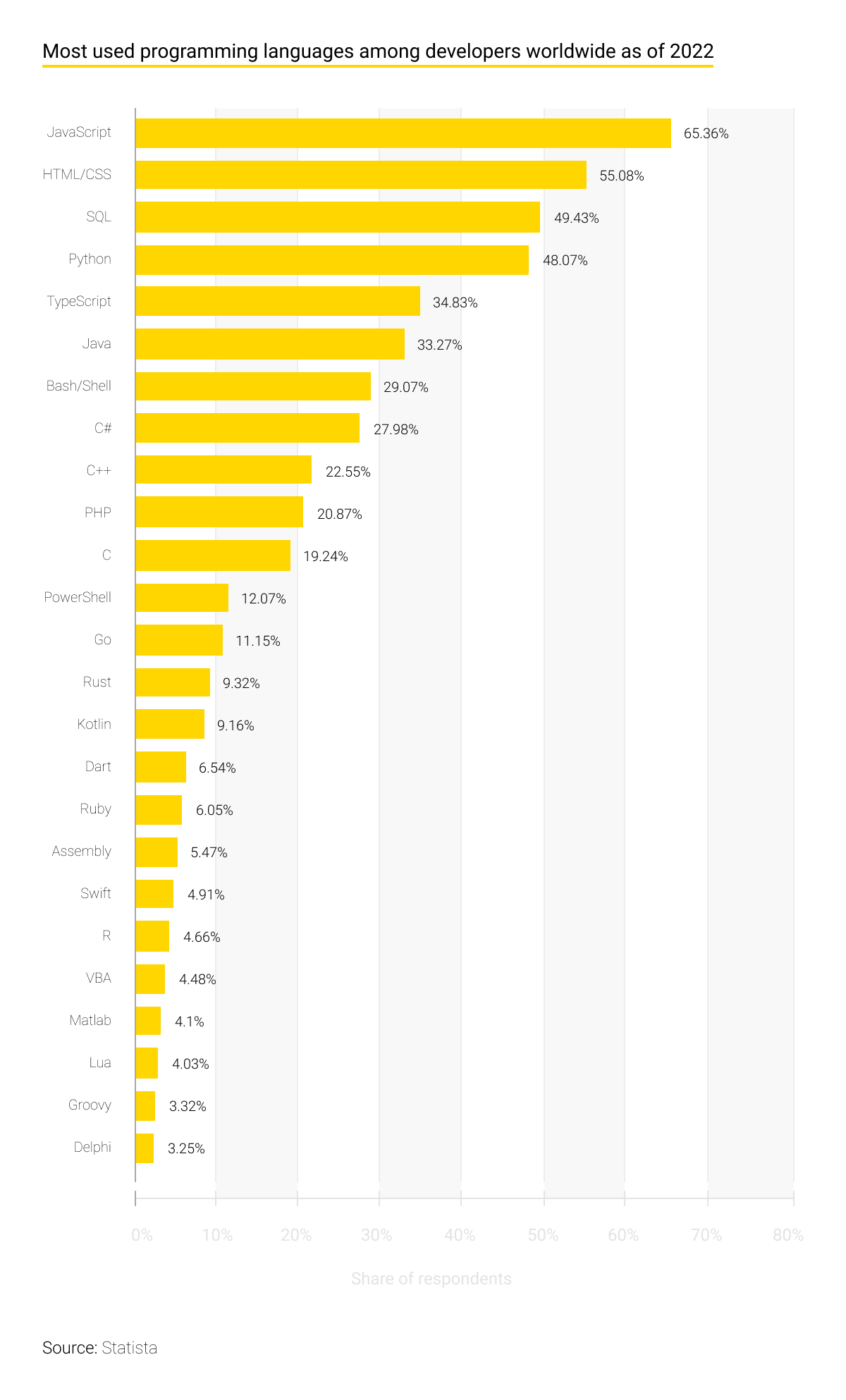
In this piece, we’ll explain Python vs PHP performance, characteristics, and the difference in implementation scenarios so that you can make a well-considered decision.
The difference between PHP and Python: a concise outline of PHP
This open-source language vs C, C++, and other Back-end technologies is excellently apt for web development. Since its inception in the mid-90s, it has built up a considerable community that is persevering on its ongoing development. It includes sought-after frameworks such as Symfony, Zend, Laravel, Slim, Phalcon, CodeIgniter, Yii, and others. These help in promptly providing superb PHP development services.
The codebase is predominantly chosen for server-side scripting vs writing command line scripts and performing automation, although it can be employed for these purposes as well. Quantitatively, every second web service implements it vs other tools, including renowned companies such as Facebook, Yahoo!, Wikipedia, WordPress, MailChimp, and Flickr.
Its core features comprise:
Simplicity
The statements and expressions with embedded functions are uncomplicated to excel in as they are clearly laid out and extensively documented.
Flexibility
Today, an average PHP development company is in the right position to deliver solutions that are compatible with any up-to-date device and are well-matched with common databases. It can be smoothly incorporated into HTML, XML, or JavaScript. On top of that, it’s adaptable to most current web servers, e.g. Apache, NGINX, IIS, etc., and its cross-platform nature means that it can efficiently operate on both Unix and Windows systems.
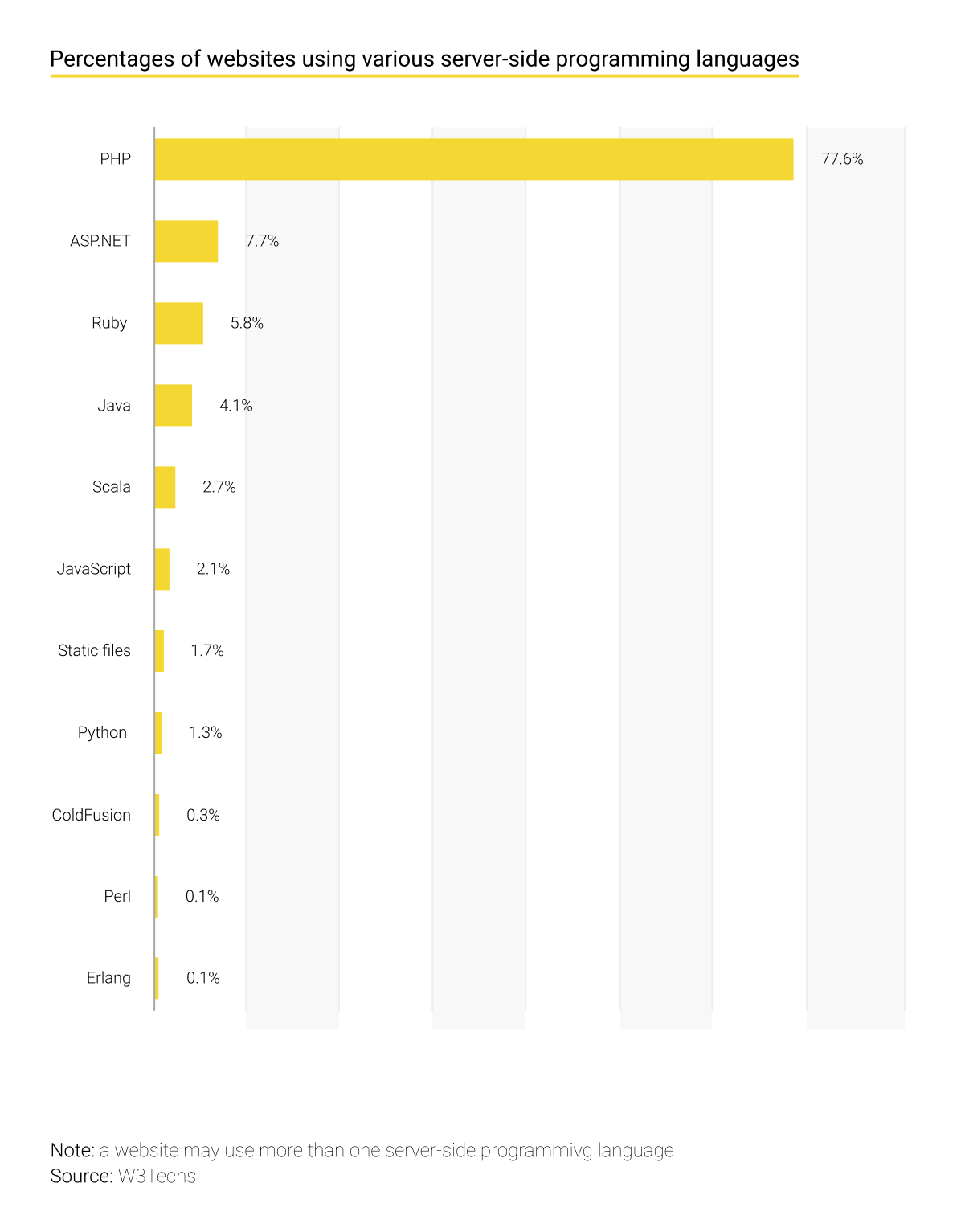
Popularity
A sizable community that drives regular upgrades is undoubtedly an advantage. These include new elements, performance advancement, security patches, and other improvements. Diverse extensions are also enabled, offering increased potential in custom PHP development.
Open-source technology
This feature heightens the clear communication in development and permits unrestricted access to the codebase so that anyone can grasp the operating principles.
Multi-paradigm nature
This originally functional language has been extended with numerous object-oriented capabilities. Thus, it can be either one way or another conditional upon the usage context.
High performance
Touching on PHP vs Python speed, i.e. the difference in their rapidity, the former is swifter vs other languages with apps performing remarkably fast owing to recompiling and caching upgrades. These noticeably advanced in the current releases with JIT compiler and OPcache engine integrations.
Interpreted nature
Interpreters execute the program code sequentially and with no compilation applied. This means reduced speed vs that of compiled languages, even though one must acknowledge that, with the involvement of the latest development practices, this is no longer a concern.
Loosely typed expressions
It’s highly advisable to turn to strict variable types to eliminate hard-to-spot bugs resulting from typecasting. Note that this additional feature is off as the default setting.
Concise overview of Python
To know the difference between the two systems, let’s now consider Python. This interpreted object-oriented high-level programming language is uncomplicated to gain proficiency in and debug. Its debut version was presented in the early 90s. From then on, an ample ecosystem of libraries and frameworks has been created, e.g. Django, aiohttp, Bottle, CherryPy, Dash, etc.
Being extensively implemented for diverse machine learning and data analysis purposes, it's also specifically suited for automation and scripting in web development. A notable difference from the previously described technology is that it’s used more seldomly in Back-end development. Its core features comprise:
Simplicity
One will easily get the gist of the primary concepts and fundamental modules in a short span of time.
Good readability
The difference between Python and C, C++, Java, Ruby, etc., is that the syntax of this Back-end scripting system is structured to imitate English, which enhances the readability of its scripts.
Open-source technology
The technology is completely unrestricted for use and distribution, including for commercial applications. This boosts its popularity and broad adoption.
Portability
The code is executable on most operating systems with no need for modifications.
Interpreted language
The code is interpreted linearly without being compiled. This means that the performance of the solutions is slightly lower vs that of programs coded with compiled languages. Therefore, this option is advisable for high-load web apps.
Multi-paradigm nature
Both object-oriented and procedure-oriented programming are supported.
Extensibility
The code can be incorporated into a solution built in C++ which strengthens its extensibility. This feature hints at the idea that one can add new capabilities to the software by coming up with minor modifications to the scripts.
GUI support
The difference between PHP and Python is that the latter supports GUI tools that empower the designing of visually captivating desktop apps.
Dynamically typed
The type of variables is determined during runtime, which can trigger obstacles associated with improper variable types. However, this shouldn’t be a limitation for proficient engineers.
PHP or Python: which is best for your project?
To decide between PHP or Python for web development, define the issues it addresses. If you’re working on a desktop or a web app that incorporates Machine Learning or in-depth data analysis, the latter may be a preferable option; however, turning to it for a content management system web service or a virtual marketplace isn’t a rational decision as it would markedly raise the outlays and time-to-commercialization, to illustrate a difference. Under these circumstances, it’s sensible to go for a tool that comes with an out-of-the-box feature set.

The superb Python-powered products engineered by Andersen include this healthcare platform to treat skin conditions based on patient details, this AI-fueled fintech program to automate loan processing, this warehouse management system with advanced analytical tools, and many more.
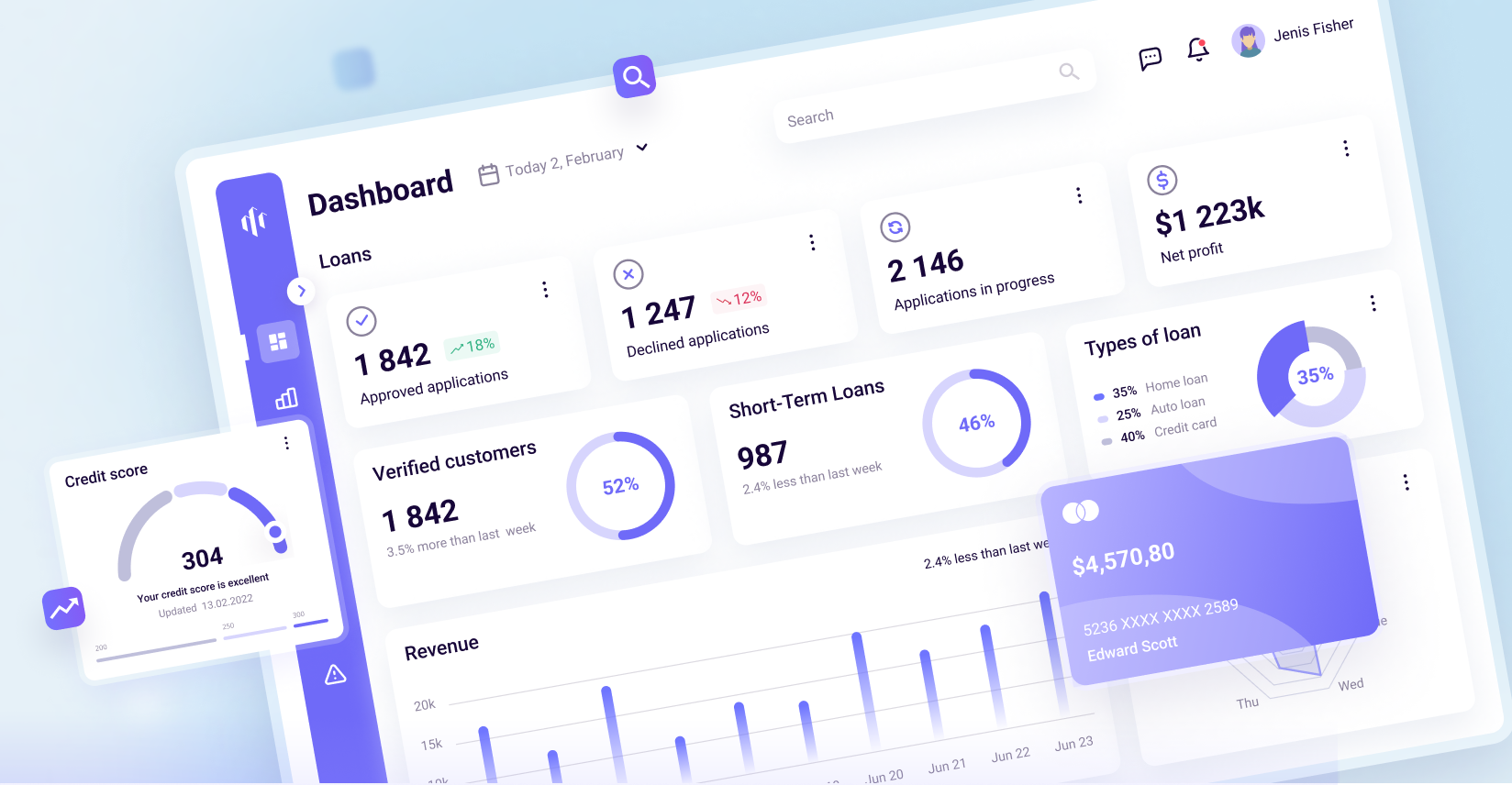
Notwithstanding all that has been explained above, when settling for the most appropriate stack, the difference between PHP and Python might not be apparent. In particular cases, breaking the app down into sundry services and deciding on the optimal approach for each of them would be the most sensible option.
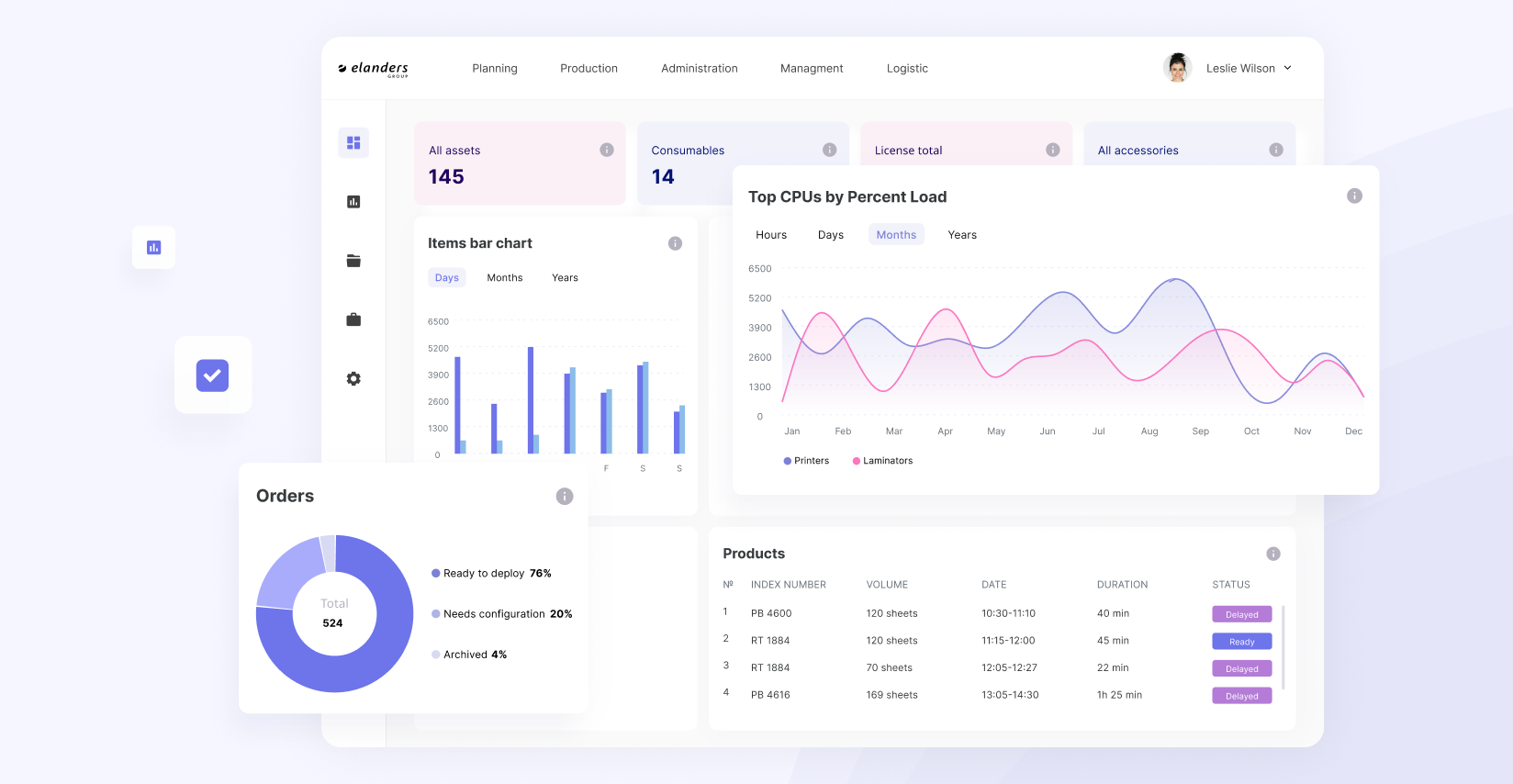
It’s worth highlighting that PHP development is more common vs that involving Python. Our successfully accomplished projects in this field comprise this fintech product for recording and contrasting the details and pricing of utility firms, this fleet management program that seamlessly manages massive data loads, this web platform for streamlined file organization and printing, and more.
From a long-term standpoint when comparing Python vs PHP for web development, there’s not much difference between them as both of them boast long-established backgrounds and growing communities. Both of them are unlikely to go out of date over the coming years, and web services that use them will maintain their relevance.
Python vs PHP for web development? To wrap up
To put it briefly, both languages, in spite of the difference between them, are perfectly matched for web projects. Each of them has its pros and cons, and the answer to the question: ‘PHP or Python: which is best?’ depends on your requirements.
Andersen’s experts have reached excellency in both Python and PHP to strike a harmonious balance between the software stacks vs our customers’ needs. Contact us for an extensive consultation on your web development initiative.







